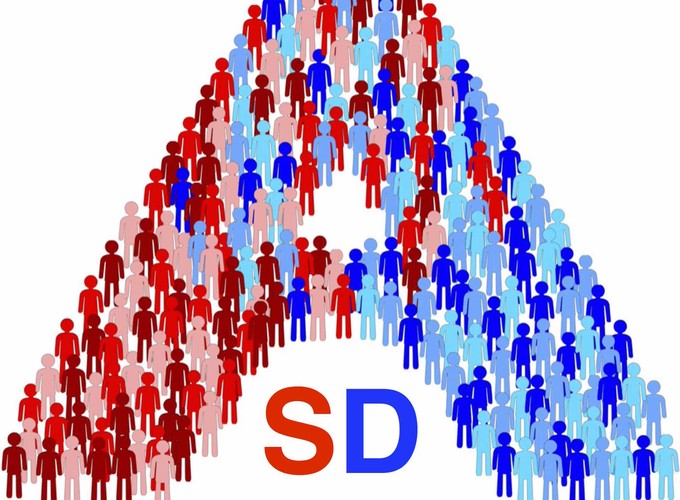Precision medicine prioritizes features of neurodevelopmental conditions that will have the highest clinical impact and relevance for patients. Developmental outcomes and response to treatment are two of the highest priority clinically-relevant categories for study in the lab. For example, we study a subtype of autistic toddlers that have poor early language outcome by 4 years of age. This subtype shows biological underpinnings and developmental paths that are very different from autistic toddlers destined to develop relatively better language abilities. We have also studied pharmacological manipulations with potential treatment-relevance such as the neuropeptide oxytocin. This research theme intends to continue expanding on these types of clinically relevant outcomes as well as predictors of early intervention treatment response.
Relevant Publications
Lombardo, M. V., et al., (2018). Large-scale associations between the leukocyte transcriptome and BOLD responses to speech differ in autism early language outcome subtypes. Nature Neuroscience, 21, 1680-1688.
Lombardo, M. V. et al., (2015). Different functional neural substrates for good and poor language outcome in autism. Neuron, 86, 567-577.
Lai, M. C., Lombardo, M. V., Ecker, C., Chakrabarti, B., Suckling, J., Bullmore, E. T., Happe, F., MRC AIMS Consortium, Murphy, D. G. M., & Baron-Cohen, S. (2015). Neuroanatomy of individual differences in language in adult males with autism. Cerebral Cortex, 25, 3616-3628.
Floris, D. L., Lai, M. C., Auer, T., Lombardo, M. V., Ecker, C., Chakrabarti, B., Wheelwright, S. J., Bullmore E. T., MRC AIMS Consortium, Murphy, D. G. M., Baron-Cohen, S., & Suckling, J. (2016). Atypically rightward cerebral asymmetry in male adults with autism stratifies individuals with and without language delay. Human Brain Mapping, 37, 230-256.
Auyeung, B., Lombardo, M. V., Heinrichs, M., Chakrabarti, B., Sule, A., Rayment, D., Deakin, J., Dickens, L., Bethlehem R., Mooney, N., Sipple, J., Thiemann, P., & Baron-Cohen, S. (2015). Oxytocin increases eye contact during a real-time, naturalistic social interaction in males with and without autism. Translational Psychiatry, 5, e507.
Bethlehem, R, A. I, Lombardo, M. V., et al., (2017). Intranasal oxytocin enhances intrinsic corticostriatal functional connectivity in women. Translational Psychiatry, 7, e1099.
